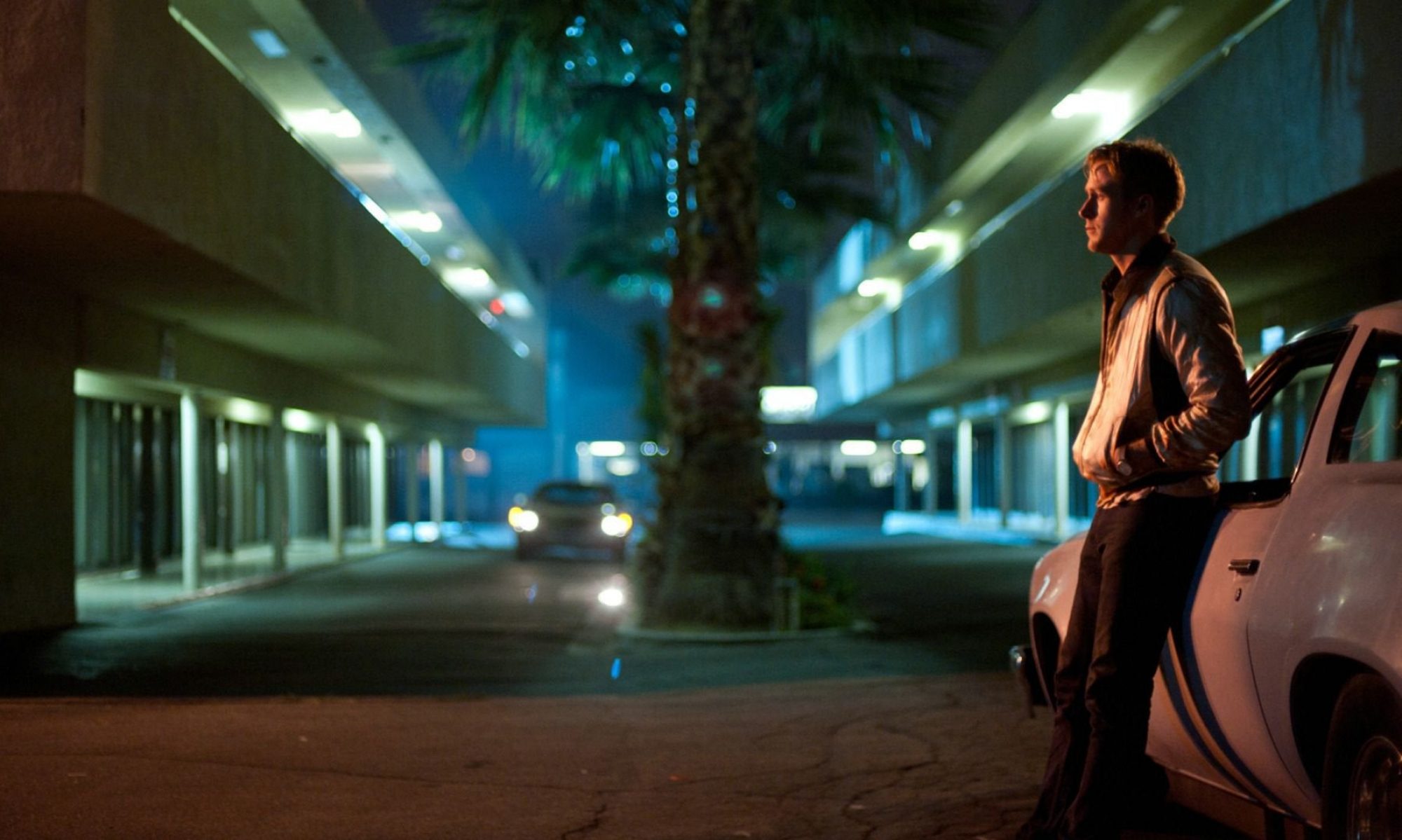They’re special. They have a destiny. They’re going to through some tough times across their narrative arcs. Ultimately, however, you know they’re going to succeed and prosper. Because they’re ‘chosen’.
This trope is a fairly common one across film, reoccurring in the fantasy genre (Harry Potter, Frodo, Jon Snow), as well as science fiction. Perhaps the most recent example of this figure can be found in Denis Villeneuve’s adaptation of Frank Herbert’s classic Dune, where Paul Atreides is destined to become the messianic leader of the Fremen peoples. While trials and tribulations will plague his journey to solidify his position, the chosen one trope guarantees his overall safety, as well as the continuation of his legend following his death. Another instantly recognisable example is exemplified in Star Wars’ Luke Skywalker, who defeats the dark side and inspires a generation of new jedi following his sacrificial death. One of the most on-the-nose science fiction chosen ones is embodied The Matrix’s Neo, who saves humanity from the machines and experiences an obligatory sacrificial demise. Are you a fan of anagrams? No? Any guesses at what anagram ‘Neo’ makes? ‘One’. Mind blown, right?
It’s a trope many of us know and love. It provides narrative security and safety. If your favourite character is stabbed by a supernatural blade or paralysed by a spider, you know he’ll be saved. If he gets stabbed to death by a dissenting faction of Night’s Watch members, you know he’ll turn out alright, even if he dies in the end. Enter Blade Runner 2049. After some expository intertitles, we open on our central character K as he carries out a routine blade runner job on older replicant Sapper Morton. After Morton refuses to comply and K is forced to use aggressive measures, Morton’s taunts reveal that the blade runner is also a replicant, and that K has ‘never seen a miracle’. This miracle is ultimately revealed to be the replicant/human hybrid child of Rick Deckard and deceased replicant Rachel.
The repetition of Sapper’s line as an increasingly disillusioned K stares into the void is perhaps unnecessary, but these words lead K – and the audience – on an apparent journey of discovery. After leaving Sapper’s home, K finds evidence of Rachel’s remains under a tree and later notices a date matching the one inscribed on a toy horse in his memory. His holographic partner, Joi, frequently stands in as an avatar for conventional audience expectation. She encourages the links between the dates, convincing K that he’s ‘special’, ‘born, not made’, that he has a soul, and therefore real humanity, because of the nature of his birth.
K becomes convinced too as he gathers further ‘evidence’, finding a child’s sock and, ultimately, the wooden horse from his dreams, confirming his beliefs. The following exchanges between himself and Deckard are deliberately cryptic; the aged blade runner never confirms nor denies that K is his lost son, and the audience remain none the wiser. It’s only after K has lost Joi and been beaten close to death that it is revealed that K is not the chosen one at all. Both he – and the audience – have been tricked into believing a lie. Yet K (in an opposite fashion to chosen one figures like Neo) becomes a more well-rounded hero once he realises what he never was, refusing to kill Deckard as he was ordered and – like sacrificial replicant Roy Batty before him – ultimately saves his life. K gains humanity through building a path of his own choosing, gaining a soul through newfound autonomy, even if this leads to his death. Unlike the chosen one, he won’t be remembered in legends and mythology, yet his memories and sacrifice will not be lost, like tears in rain.
Here’s a couple of links to other pieces I’ve written about this stone cold classic below:

One Reply to “Blade Runner 2049 at 5: Defying the ‘Chosen One’ Trope”